
Kód: 14262698
Promising Future of Jatropha Curcas
Autor Maira Rubi Segura-Campos, David Betancur-Ancona
J. curcas L. is a small or large shrub tree, up to 57m tall, belonging to the Euphorbiaceae family which consists of around 800 species and belongs to around321 genera. Jatropha is a drought resistant crop that has a life expectan ... celý popis
- Jazyk:
 Angličtina
Angličtina - Vazba: Pevná
- Počet stran: 263
Nakladatelství: Nova Science Publishers Inc, 2016
- Více informací o knize

7110 Kč
Dostupnost:
50 % šance Máme informaci, že by titul mohl být dostupný. Na základě vaší objednávky se ho pokusíme do 6 týdnů zajistit.
Máme informaci, že by titul mohl být dostupný. Na základě vaší objednávky se ho pokusíme do 6 týdnů zajistit.Prohledáme celý svět
Mohlo by se vám také líbit
-

Imagine Drowning
460 Kč -

Hungarian Patient
1174 Kč -

Analysis of Benedict Anderson's Imagined Communities
779 Kč -

Promises: God's Provision through His Promises
382 Kč -

Promises Hurt
329 Kč
Dárkový poukaz: Radost zaručena
- Darujte poukaz v libovolné hodnotě a my se postaráme o zbytek.
- Poukaz se vztahuje na celou naši nabídku.
- Elektronický poukaz vytisknete z e-mailu a můžete ihned darovat.
- Platnost poukazu je 12 měsíců od data vystavení.
Informovat o naskladnění knihy
Zadejte do formuláře e-mailovou adresu a jakmile knihu naskladníme, zašleme vám o tom zprávu. Pohlídáme vše za vás.
Více informací o knize Promising Future of Jatropha Curcas
Nákupem získáte 711 bodů
 Anotace knihy
Anotace knihy
J. curcas L. is a small or large shrub tree, up to 57m tall, belonging to the Euphorbiaceae family which consists of around 800 species and belongs to around321 genera. Jatropha is a drought resistant crop that has a life expectancy of up to fifty years. It is also known as Ratanjayot and the physic nut. It can grow in arid, semiarid and wasteland climates. The plant has its native distributional range in Mexico, Central America, Africa, Brazil, the Indian subcontinent, Peru, Argentina and Paraguay. J. curcas offers many benefits. Some of these benefits include: It costs almost nothing to grow; it is perennial, drought resistant and adapted for marginal land, and seems to be adequate for land reclamation; it can be grown almost anywhere even in sandy, saline, or otherwise infertile soil; it is easy to propagate; it is capable of stabilising sand dunes, acting as a windbreaker and combating desertification; it naturally repels both animals and insects; it does not exhaust the nutrients in the land; it does not require expensive crop rotation; it does not require fertilisers; and it grows quickly and establishes itself easily, among many other beneficial qualities. Currently, J. curcas can produce 2,000 L/ha oil annually. Presently, the production and usage of J. curcas oil is no longer confined to a specific geographic region or a limited number of end-products. Large quantities of J. curcas oil are consumed all over the world as ingredients of numerous products manufactured by a large number of industries. J. curcas was found to be suitable as a non-edible vegetable oil feedstock in oleochemical industries (biodiesel, fatty acids, soap, cosmetics, paraffin, fatty nitrogenous derivatives, surfactants and detergents, etc.). To supply J. curcas oil and its derived ingredients to these industries and their customers, an integrated J. curcas oil production has been developed over the years. Globally, J. curcas has created an interest for researchers because it is a non-edible oil, does not create a food versus fuel conflict, and can be used to produce biodiesel with same or better performance results when tested in diesel engines. For the above mentioned, the purpose of this book is to provide an insight into the possibilities of applying J. curcas for commercial purposes. Emphasis will be placed on the biology, chemistry and potential uses of J. curcas and its derivatives.
 Parametry knihy
Parametry knihy
Zařazení knihy Knihy v angličtině Mathematics & science Biology, life sciences Botany & plant sciences
7110 Kč
- Plný název: Promising Future of Jatropha Curcas
- Podnázev: Properties Potential Applications
- Autor: Maira Rubi Segura-Campos, David Betancur-Ancona
- Jazyk:
 Angličtina
Angličtina - Vazba: Pevná
- Počet stran: 263
- EAN: 9781634849890
- ISBN: 1634849892
- ID: 14262698
- Nakladatelství: Nova Science Publishers Inc
- Hmotnost: 632 g
- Rozměry: 185 × 260 × 19 mm
- Datum vydání: 01. April 2016
Oblíbené z jiného soudku
-

Plant Hormones
7881 Kč -

Teaming with Nutrients
484 Kč -
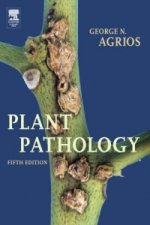
Plant Pathology
2250 Kč -
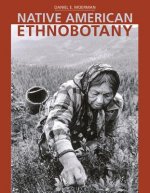
Native American Ethnobotany
1741 Kč -
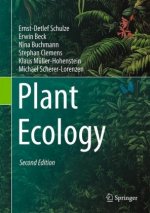
Plant Ecology
2391 Kč -
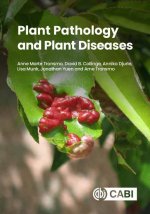
Plant Pathology and Plant Diseases
1913 Kč -
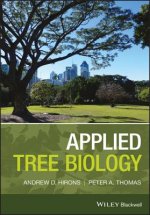
Applied Tree Biology
2575 Kč -
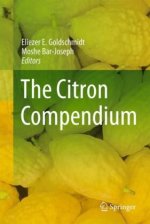
The Citron Compendium
1344 Kč -
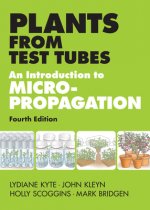
Plants from Test Tubes : An Introduction to Micropropagation
706 Kč -
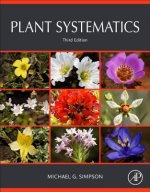
Plant Systematics
2619 Kč -

Metamorphosis of Plants
826 Kč -
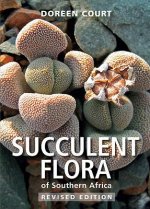
Succulent Flora of Southern Africa
654 Kč -

Big, Bad Book of Botany
393 Kč -
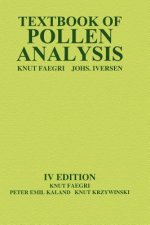
Textbook of Pollen Analysis
2118 Kč -
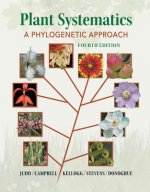
Plant Systematics
6570 Kč -
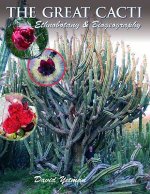
Great Cacti
1890 Kč -

Hartmann & Kester's Plant Propagation: Principles and Practices
2322 Kč -
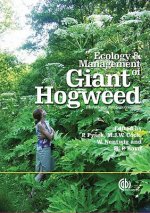
Ecology and Management of Giant Hogweed (Heracleum mantegazzianum)
6893 Kč -
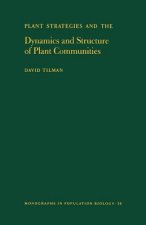
Plant Strategies and the Dynamics and Structure of Plant Communities. (MPB-26), Volume 26
2473 Kč -

Wood - The Internal Optimization of Trees
4798 Kč -

Finding the Mother Tree
358 Kč -

RHS Genealogy for Gardeners
544 Kč -

Comfortably Unaware
379 Kč -

Darwin's Most Wonderful Plants
250 Kč -

Maria Sibylla Merian
577 Kč -

Plant Behaviour and Intelligence
2043 Kč -
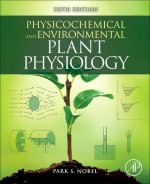
Physicochemical and Environmental Plant Physiology
3370 Kč -

Brilliant Green
368 Kč -

Animal, Vegetable, Miracle
357 Kč -
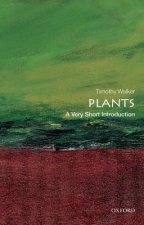
Plants: A Very Short Introduction
269 Kč -
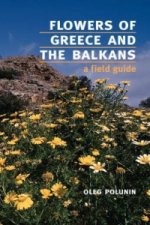
Flowers of Greece and the Balkans
2615 Kč -
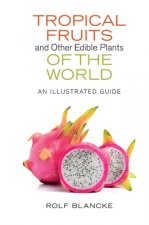
Tropical Fruits and Other Edible Plants of the World
1194 Kč -

Flora of Madeira
3813 Kč -

Raven Biology of Plants
2561 Kč -

Atlas of Poetic Botany
573 Kč -

Plant Biology
2426 Kč -

Moss Flora of Britain and Ireland
5583 Kč -
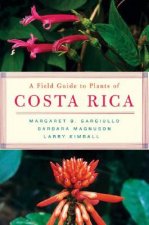
Field Guide to Plants of Costa Rica
992 Kč -
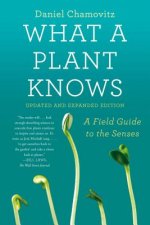
What a Plant Knows
447 Kč -
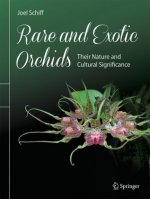
Rare and Exotic Orchids
1344 Kč -

Wild Garden
1238 Kč -

Kew Gardens
1238 Kč -
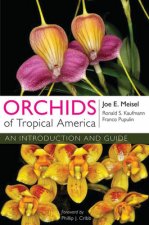
Orchids of Tropical America
585 Kč -

Freshwater Algal Flora of the British Isles
5749 Kč -

Handbook of the New Zealand Flora
1802 Kč -

Constituents of Medicinal Plants
826 Kč -
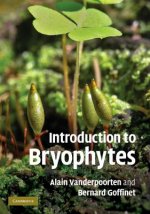
Introduction to Bryophytes
1704 Kč -

England's Rare Mosses and Liverworts
773 Kč -

Walter's Vegetation of the Earth
3907 Kč
Osobní odběr Praha, Brno a 12903 dalších
Copyright ©2008-24 nejlevnejsi-knihy.cz Všechna práva vyhrazenaSoukromíCookies


 Vrácení do měsíce
Vrácení do měsíce 571 999 099 (8-15.30h)
571 999 099 (8-15.30h)